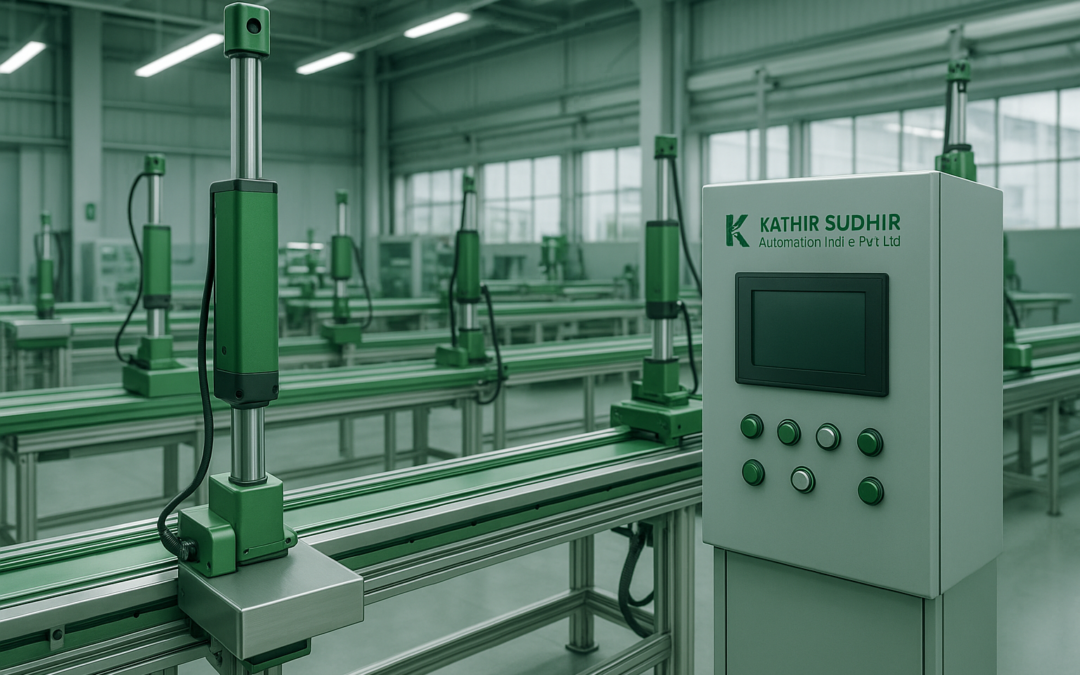Ramesh, a plant head at a packaging unit in Chennai, had one consistent complaint every month—rising electricity bills.
Despite switching off idle machines, optimizing lighting, and adjusting shift timings, the monthly energy consumption remained stubbornly high. After a detailed energy audit, the surprising culprit was revealed: the old hydraulic and pneumatic actuators used across multiple machines.
“They’re drawing power round the clock—whether moving or not,” said the auditor.
That single line led Ramesh on a journey that many factory owners are now taking—switching to electric linear actuators to save power and gain control.

Discovering the Electric Advantage
Ramesh’s automation vendor suggested a pilot installation—replacing two hydraulic cylinders with electric linear actuators on the carton pusher systems.
The change seemed simple: no oil lines, no compressors, just a self-contained actuator connected to the control panel.
After one month of usage, Ramesh was stunned to see the report:
- Power savings: 36% on those two machines
- Zero idle energy draw
- No noise, no fluid leaks, no warm-up delays
What impressed him even more was the actuator’s behavior. It moved only when needed and drew energy only during motion—unlike the always-on hydraulic pump system.
Scaling Up Across the Plant
Encouraged by the pilot results, Ramesh slowly started replacing actuators in material handling arms, lid lifting systems, and conveyor gates.
The benefits kept stacking up:
- Lower electricity consumption
- Cooler operating conditions inside the plant
- Fewer breakdowns and maintenance-free operation
In 12 months, the plant had reduced its energy usage by nearly 18%, just by converting motion systems to electric linear actuators.
Why the Shift is Growing
Across industries—from food processing and pharmaceuticals to packaging and machine tools—companies are switching because:
- Electric actuators consume power only during movement
- They offer precise control with integrated feedback systems
- They’re compact and clean, needing no oil or compressed air
- And most importantly—they reduce energy bills significantly
Ramesh’s Words
Now, when someone visits the factory and asks Ramesh how he cut power costs, he simply points to the sleek electric actuator working quietly on the packing line.
“No more leaks. No more compressor noise. Just power when I need it. That’s efficiency,” he says with a smile.

